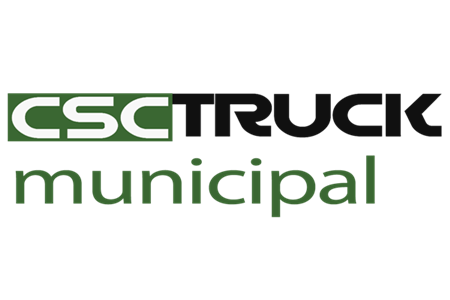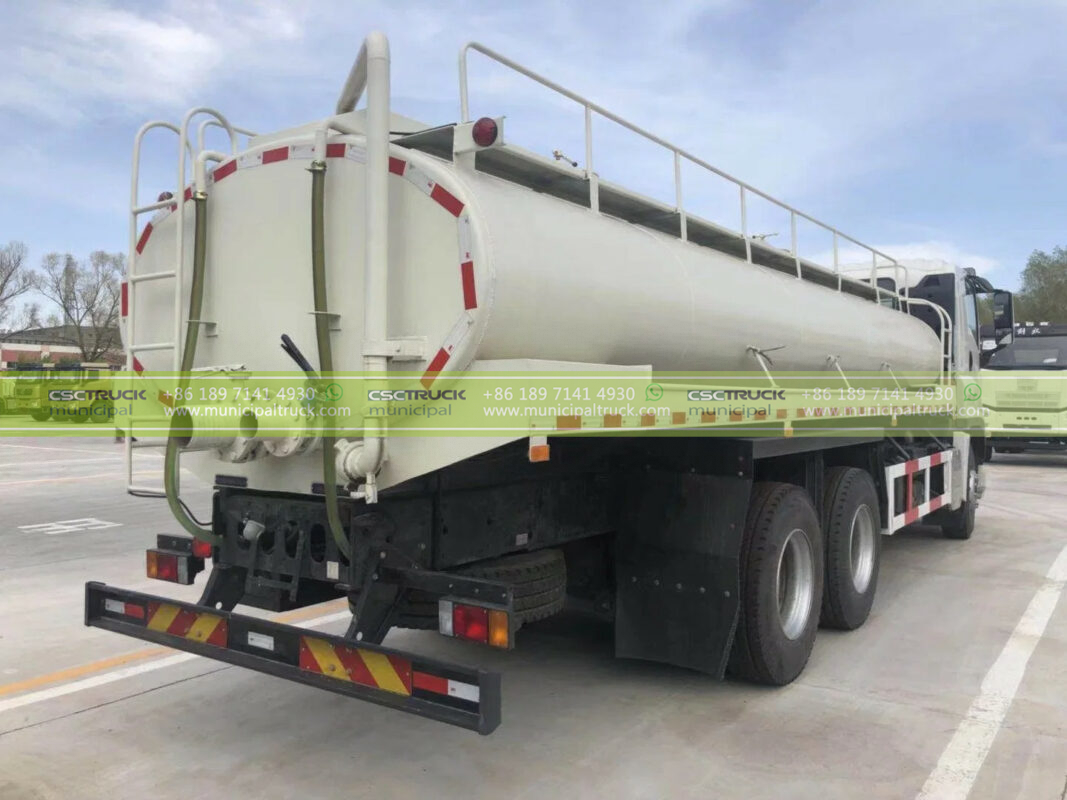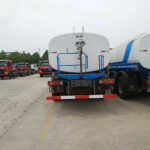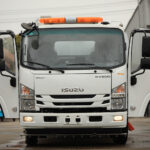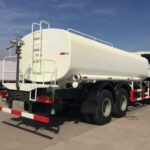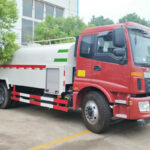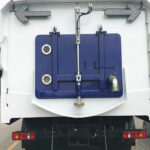In a proactive response to escalating transboundary haze challenges, Kuala Lumpur City Hall (DBKL) has commissioned a fleet of advanced water sprinkler trucks designed to mitigate airborne pollutants and regulate urban microclimates across critical metropolitan zones. This initiative, executed through a partnership between CSCTRUCK Municipal Branch and EcoSolutions Malaysia Berhad, a leading national environmental engineering firm, targets the persistent particulate matter accumulation and urban heat island intensification exacerbated by seasonal peat fires and industrial emissions. The deployment represents a strategic shift from reactive firefighting towards preventive atmospheric management, integrating real-time air quality monitoring data with precision sprinkling operations to enhance public health resilience, protect vulnerable urban ecosystems, and maintain economic productivity during peak haze episodes that historically shroud the city in hazardous PM2.5-laden fog for weeks.
The Haze Imperative: Urban Vulnerability and Adaptive Response
Kuala Lumpur’s geographical position renders it acutely susceptible to regional biomass burning impacts, with annual haze events degrading visibility, triggering respiratory health crises, and incurring estimated economic losses exceeding RM 3 billion through tourism declines, workforce absenteeism, and infrastructure corrosion. Conventional pollution mitigation strategies—including mask distributions and industrial activity restrictions—proved insufficient for addressing macro-scale atmospheric loading of fine particulates that settle into street canyons and mixed-use districts. DBKL’s adoption of engineered microclimate intervention leverages evaporative cooling physics and particle agglomeration science: the sprinklers’ ultra-fine water droplets bind to airborne pollutants, accelerating their deposition while simultaneously reducing ambient temperatures by up to 5°C in targeted areas, thereby disrupting the thermal inversion cycles that trap pollutants near ground level and offering immediate relief in high-density residential and transit corridors where vulnerable populations concentrate.
Technical Deployment and Operational Framework
Precision Engineering for Atmospheric Remediation
The specialized sprinkler trucks feature multi-nozzle oscillation systems capable of dispersing water droplets at calibrated micron sizes (50–200 microns) optimized for maximum airborne particle adhesion without causing surface runoff or pedestrian inconvenience. Integrated telemetry units synchronize operations with DBKL’s city-wide air quality sensor network, automatically activating routes when PM2.5 thresholds exceed 100 µg/m³ in predefined sectors. High-capacity variable-flow tanks (15,000 liters) enable extended operations between refills, while GPS-guided path optimization software minimizes redundant coverage and prioritizes deployment to sensitive locations including hospitals, schools, and public transit hubs during acute episodes. Crucially, the vehicles utilize harvested stormwater resources from city retention basins, ensuring sustainable water sourcing without straining municipal potable supplies during drought-prone haze seasons.
Strategic Implementation Phases
- Phase 1 (Critical Infrastructure Shielding): Focused protection of healthcare facilities and transportation nodes through continuous microclimate buffering during peak pollution hours.
- Phase 2 (Residential Exposure Reduction): Scheduled twilight operations in densely populated suburbs to coincide with temperature inversion onset, maximizing particle deposition before overnight pollutant accumulation.
- Phase 3 (Ecosystem Support): Supplemental irrigation of urban green belts and riparian zones to bolster natural filtration capacity and reduce heat stress on vegetation acting as the city’s primary biological air filters.
Integrated Urban Services for Holistic Environmental Management
The CSCTRUCK Municipal Branch and EcoSolutions Malaysia Berhad agreement includes a comprehensive technical ecosystem: a dedicated command center within DBKL’s Disaster Management Unit processes live atmospheric modeling to direct fleet movements, while AI-driven predictive analytics forecast haze dispersion patterns 72 hours in advance for preemptive deployment. Field technicians receive certified training in atmospheric science fundamentals and vehicle maintenance, ensuring system-wide operational coherence. This initiative integrates seamlessly with Kuala Lumpur’s broader mechanized urban services fleet—including road sweeper trucks that remove sedimented pollutants after sprinkler operations and garbage trucks equipped with emissions control systems—creating a synergistic framework for total ambient environment management. The scalable model positions DBKL to expand precision climate interventions to other Malaysian cities facing similar environmental pressures, transforming urban resilience infrastructure across the nation.
